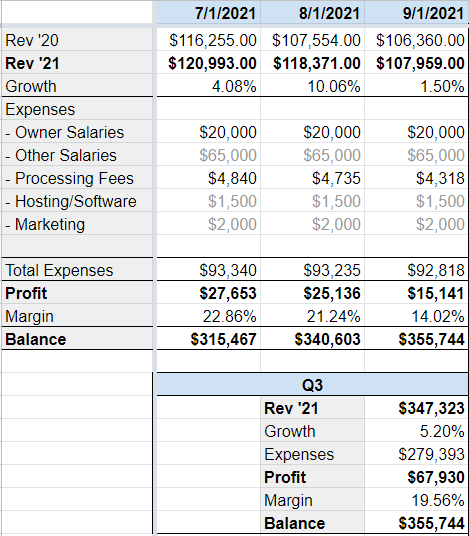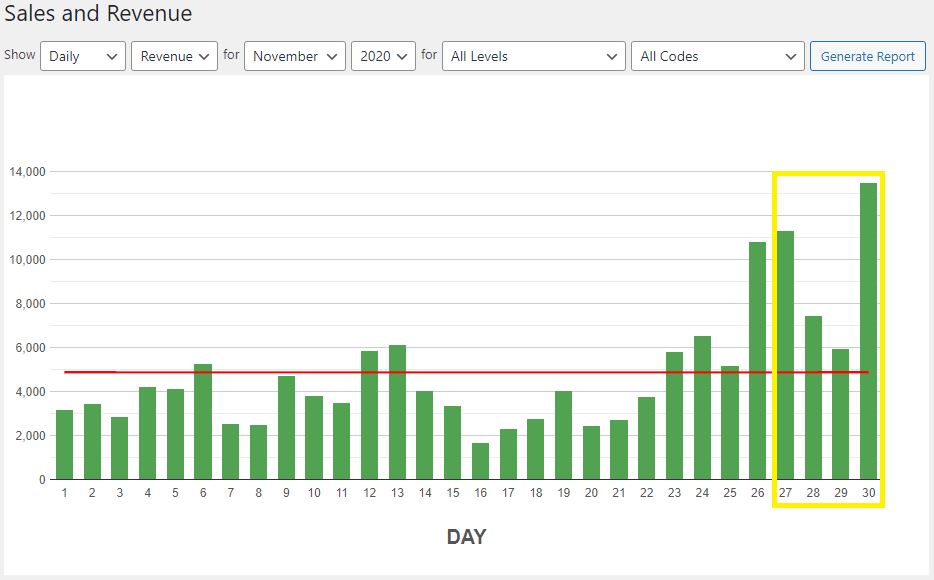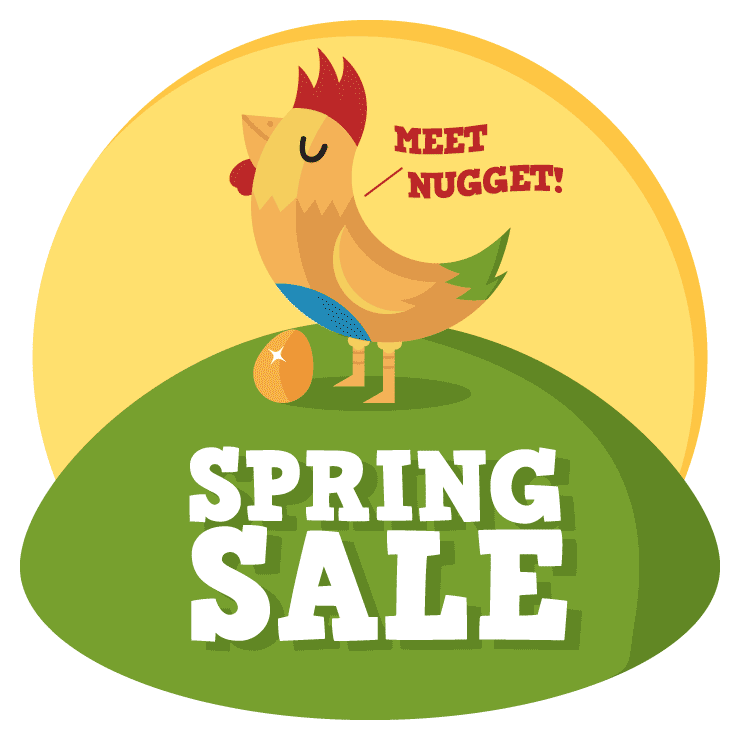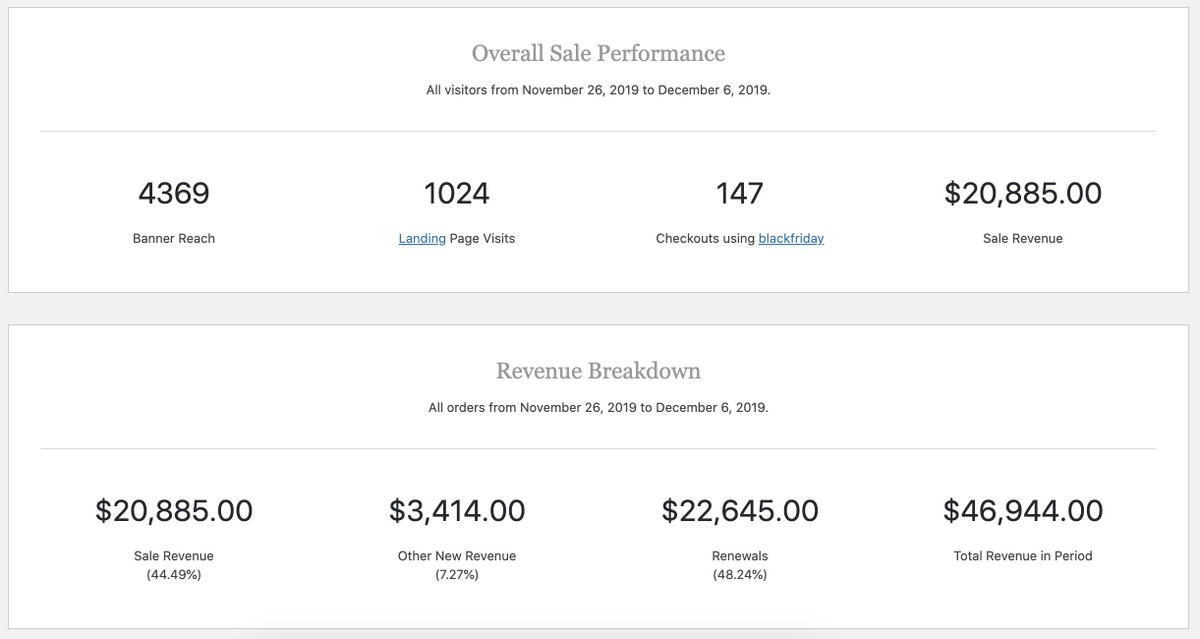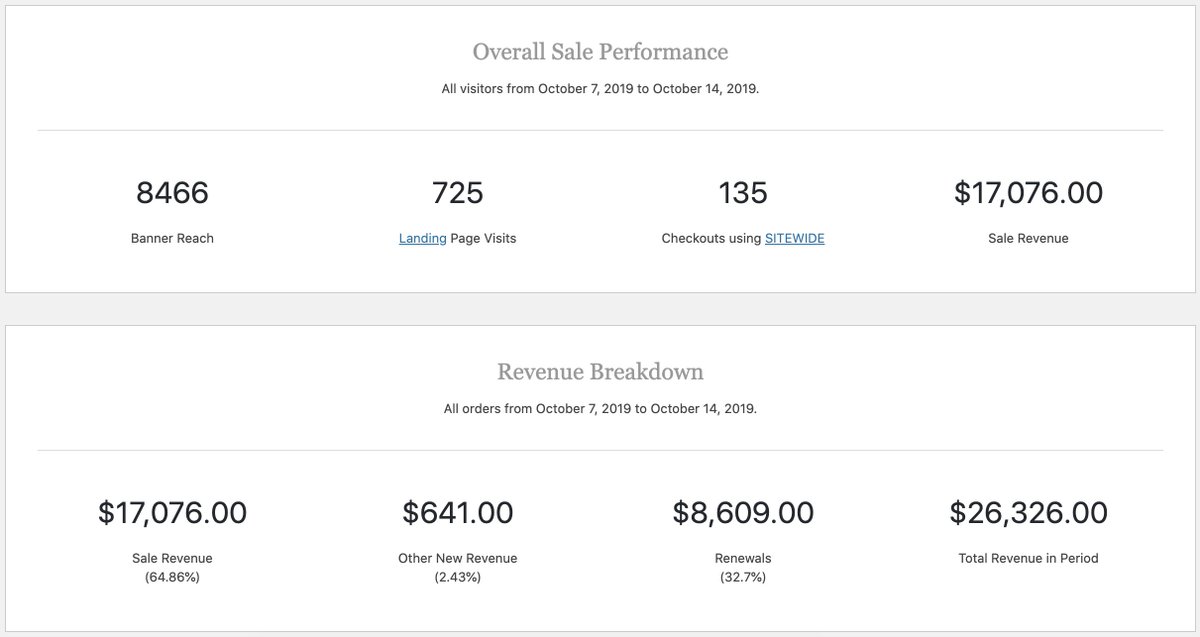Most votes are in. Trump is the projected winner.
Still, I hope Harris and her team are ready to keep fighting. You cannot trust whatever “calls” the media has made. The winners are the people who get the most votes, so count the votes. Recount the votes. This election is too important to give up on. Make sure the result is as accurate as possible.
But, while Harris may still request recounts, it doesn’t seem like any reasonable swing in the recounts could be enough to change the outcome. Trump will be our next President… again.
What am I worried about most now?
A certain percentage of folks on the right see this election as a referendum on hatred. People who were just waiting for confirmation of their views on LGBTQ folks and minorities will feel emboldened to act out verbally and physically. We need to push back on hate wherever we see it. We need to look out for one another.
People will say that’s overreacting and talking like that is itself hurtful or hateful towards conservatives. Fuck off. It’s just words. Grow thicker skin. We lived through 2016 and the first Trump presidency, and we know what to expect. We need to look out for one another.
We see these assholes every day, their “Fuck Biden” flags and the beer cans they throw at our driveway. We’ve seen these assholes get upset at our short haircuts, our clothing, our fuel efficient cars, and anything their TVs and phones told them to be mad about today. We’ve see these assholes as they walk around our neighborhoods, feeling free to shout out “are you really going to vote for that n****?” We’ve seen these assholes standing at bus stops with their assault rifles. We need to look out for one another.
What’s going to happen to the economy, the stock market, and the crypto markets?
The economy has been great and is still great, but the vibes were bad. The media, and of course the guys running against the incumbents, were incentivized to tell you the economy was actually bad. Just like in 2017 when Trump won the first time and inherited Obama’s economy, everything bad about the economy will magically be good now.
So we’ve had a great economy and bad vibes. We’re now going to have a great economy and good vibes. I expect the stock market and risk-on markets like the crypto market to run up for the next year or so at least.
We were already entering the falling rates part of the business cycle, and I don’t see any reason why that wouldn’t continue. The market is going to be full of liquidity and lots of dumb, happy, rich folks will be looking for ways to get into risk-on assets.
Look for talk about “bubbles” to fall as we actually start inflating bubbles. Be on the lookout for bubbles. Remember that bubbles inflate before they pop, and it’s hard to tell when they’re going to pop.
I don’t know exact numbers and timings, but interest rates will fall, and then they will stop falling. Watch earnings to separate the reality from the vibes.
Policy-wise, there are a lot of crazy ideas being floated around like giant tariffs, strategic Bitcoin reserves, and going back to the gold standard. Ignore the talk. Wait for the actual bills to pass and go into effect. Operate in reality as much as possible.
The new government won’t come into office until next year, their dumb economic policies won’t pass until some time after that, and the impact of those policies won’t be felt until some time after that. Remember that mostly these policies just shift around who the winners are. Diversify and avoid timing the market. Stonks go up.
Who cares about the economy? Some real shit is about to go down.
You’re right, and I’ll get to some of the more serious impacts this shift towards fascism will have on our country and everyone living here. But one of the reasons I’m talking about the economy here is because those of us who can take advantage of a bull stock and crypto market should do it.
One of the tenets of this era we’re moving into is “lookout for yourself first” or “get mine”. That doesn’t jive with our values, but just like you need to put that oxygen mask on yourself before helping others, we can look out for ourselves first, to build up capital and power so we can help others.
Some real shit is about to go down, and I am not sure we have the energy to fight back again.
The government is about to be run by a bunch of folks who don’t believe in government and don’t really understand it. The professionals who run our government agencies probably don’t have the leadership or the will to stick it out and resist like they did last time. For lots of technical reasons, expect a wider and deeper dismantling of the government.
We are going to have to relearn a bunch of lessons. We’ll relearn why we need vaccines, why we need women’s rights, why we need immigration, why we need the federal reserve, why we need diplomats, why we need competitive markets, etc, etc.
A lot of people, in all times, have had to live under a government that didn’t represent them, and was often hostile towards them. For many people now, there will be more struggles, more fighting, more stress. But there will also be beautiful days, good times with friends, laughter, and love.
I’m often reminded to focus on the IRL, the real world around me. So I’m going to focus on my family, friends, neighbors, and coworkers. We will take care of each other, make the best of our lives, and do important work together.
I’m often reminded to “tend to the part of the garden I can touch”. It’s a big complicated and dangerous world we live in. We don’t have control over everything, but there are parts of it we “can touch”, and there are small ways we can push things in the right direction.
We got fascism now?
It’s definitely here. The fascist guy is going to be in charge. It’s very easy to imagine how it all goes wrong from here towards phony media, phony elections, and a phony government that takes what it wants at the expense of the people living here. Will it be better for them to leach us slowly or burn it all down and sell it for parts?
Ignoring the challenges we will face in preserving democracy itself, some things we hold dear are going to be targeted by the incoming government. At risk are abortion rights, birth control, gay marriage, trans rights, affordable healthcare, and even citizenship for some Americans. There are too many important issues to list out.
There are a couple of things I will be looking out for that might slow down or even prevent some of this backwards slide.
First, there will be infighting amongst the winning team. While the right seems aligned on many issues (trans people are icky), they disagree on many issues too. They will have a hard time figuring who to award contracts to or just how to exactly do the things they want to do.
Do we like electric vehicles or hate them? Tesla good now. Is First Solar bad? We don’t have to like windmills right? We like manufacturing, but not the Chips Act, cause Biden bad. I hate Apple, but I love my iPhone. I hate Facebook, but I’m addicted to Instagram. Repeal the ACA, but somehow keep everything in it. Do we hate Microsoft again? No, it’s Google right now yeah? On and on… the infighting might distract them.
Second, a lot of the worst things we can imagine aren’t actually goals of the ruling class. They don’t seem to really care or have the curiosity to address issues like immigration head on. Things like tariffs, marriage bans, deportations, and nuclear war often work better as boogieman issues to keep their base engaged. Once you change the policies, you can’t really talk about them anymore. The threat of war might be more useful to Trump than an actual war. The threat of deportations might be more useful to Trump than actual deportations.
I’m not saying bad things won’t happen. Trump really talks a lot about keeping our blood pure and how everyone who disagrees with him is an “enemy within” to be sentenced as traitors, i.e. killed. Politicians have to give their base red meat sometimes, and these people really believe a lot of this heinous shit. I’m just seeing the silver lining that there are incentives for some of them to at least be delayed for a while.
Here are the things I’ll be looking out for, which will indicate a crossing of lines and a step towards the worse.
- Imprisonment or exiling of any politician or journalist.
- Americans being stripped of their citizenship.
- Increased and regular state violence towards protestors.
- Reversal of nationally recognized same-sex marriages.
- A US exit from NATO.
I don’t know what we do when these things happen. I don’t know where the resistance organizes. I just know I would get more and more worried as these milestones are met.
This post hasn’t covered everything at stake or all of my thoughts and feelings about the election, the state of our country, and the different information bubbles we seem to live in. If you’re in my bubble, a lot of this makes sense. If you’re in the bubble that voted for the other guy today, most of this sounds crazy. I think the existence of these bubbles and how they conflict with each other or converge is maybe the most important thing to figure out.
In short, I’m going to look out for my friends, family, neighbors and coworkers. I’m going to push back on hate when I see it. I’m going to try my best to stay optimistic, while keeping an eye on things. I’m going to take advantage of the market opportunities while the economy is hot. I’m going to embrace the spirit of “getting mines” while still adhering to my own values around doing good for others and giving back. As things get worse, I’ll try to point it out where I see it. I’ll try to find the resistance where it comes up and help how it occurs to me to help. I’ll continue to live and thrive in this chaotic world that’s also very beautiful.
